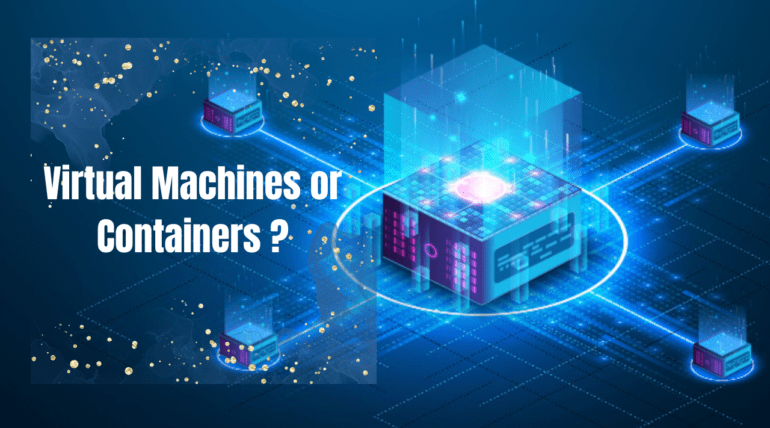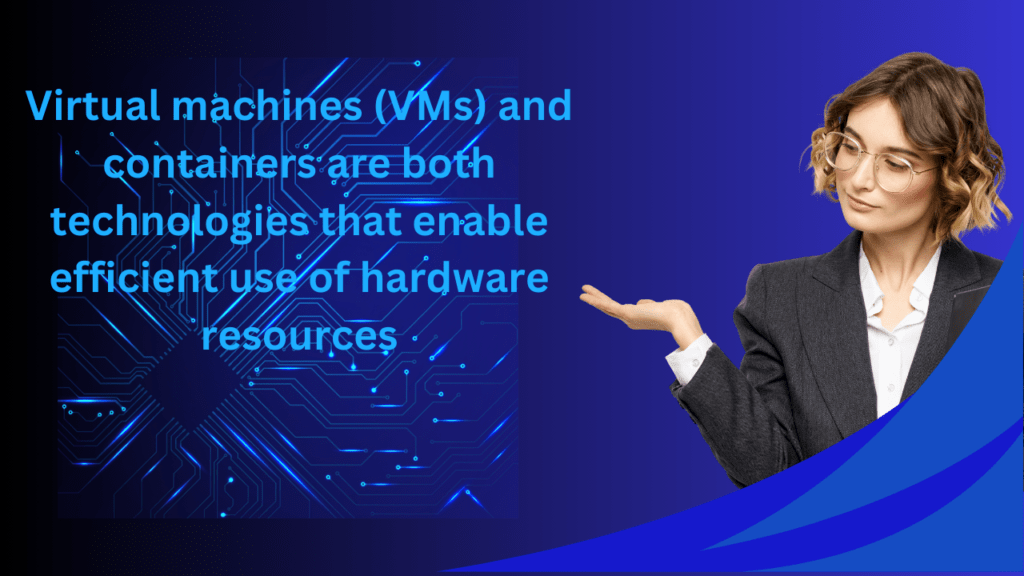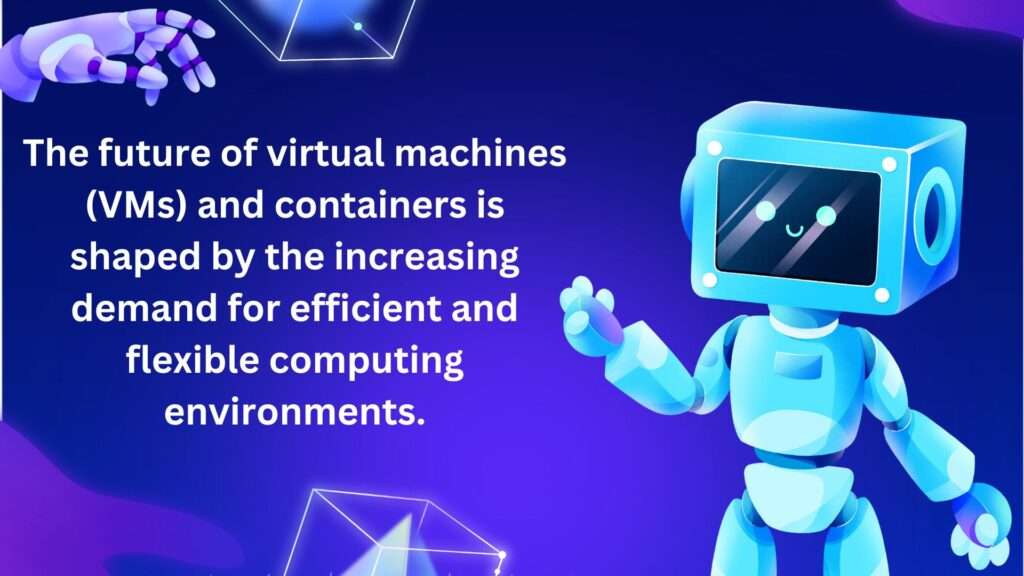
Containers, on the other hand, are more like isolated boxes or compartments that run on top of a single operating system. They share the operating system kernel with other containers, but each container has its own set of libraries and dependencies. It makes containers much smaller and lighter than VMs, and they can start up and stop much faster.
So, which technology is right for you? It depends on your needs. If you need a high level of isolation and security, or if you need to run applications that require a specific operating system, then VMs are the better choice. However, if you need to run multiple applications quickly and efficiently, or if you need to deploy your applications to different environments easily, then containers are the better choice.

The journey of virtual machines (VMs) and containers is fascinating, tracing the constant pursuit of efficiency and agility in how we utilize computing resources. Both technologies play crucial roles in today’s IT landscape, but their paths diverging and converging reveal the evolution of software development and deployment.
VMs became central to server virtualization, allowing the consolidation of multiple physical servers onto a single machine, boosting resource efficiency and cost savings. VMware and VirtualBox emerged as prominent players.
The rise of containerization, spearheaded by Docker. Containers share the host system’s kernel but isolate applications through resource constraints and namespaces. This resulted in faster startup times, lower resource consumption, and easier deployment, particularly for microservices architectures.
Both virtual machines (VMs) and containers have a wide range of applications, but their strengths and limitations dictate different scenarios where they shine.
- VMs offer a way to run multiple operating systems and applications on a single physical server, maximizing resource utilization and reducing hardware costs.
- VMs provide complete isolation from the host system and other VMs, making them ideal for running sensitive applications, testing new software, or developing in separate environments.
- Containers are lightweight and portable, making them ideal for building and deploying microservices architectures. Each microservice can be packaged in its own container, allowing for independent scaling and development.
- Containers improve CI/CD pipelines by facilitating rapid deployments and rollbacks. They enable quick testing and experimentation with different versions of an application without impacting the entire system.
The importance of virtual machines (VMs) and containers in modern business cannot be overstated. They offer unparalleled benefits in terms of efficiency, agility, and cost-effectiveness, reshaping how businesses develop, deploy, and manage their software systems.

Virtual Machines:
- Improved resource utilization
- Enhanced security and isolation
- Flexibility and scalability
- Familiar environment
Containers:
- Rapid application development and deployment
- Microservices architecture
- Resource efficiency
- Portability and consistency
Virtual machines (VMs) and containers have opened up a plethora of exciting job opportunities in various fields, particularly IT and software development.
- Virtualization engineers
- Containerization specialists
- Cloud architects
- DevOps engineers
- Security engineers
- Full-stack developers
The future of VMs and containers looks bright, with continued growth and evolution expected in several ways:

- Hybrid and multi-cloud adoption
- Edge computing
- Serverless computing
- Security advancements
- Automation and orchestration
Overall, the demand for professionals skilled in VMs and containers is expected to rise significantly in the coming years. Staying ahead of the curve by acquiring relevant skills and experience will be crucial for securing rewarding career opportunities in this dynamic field.






